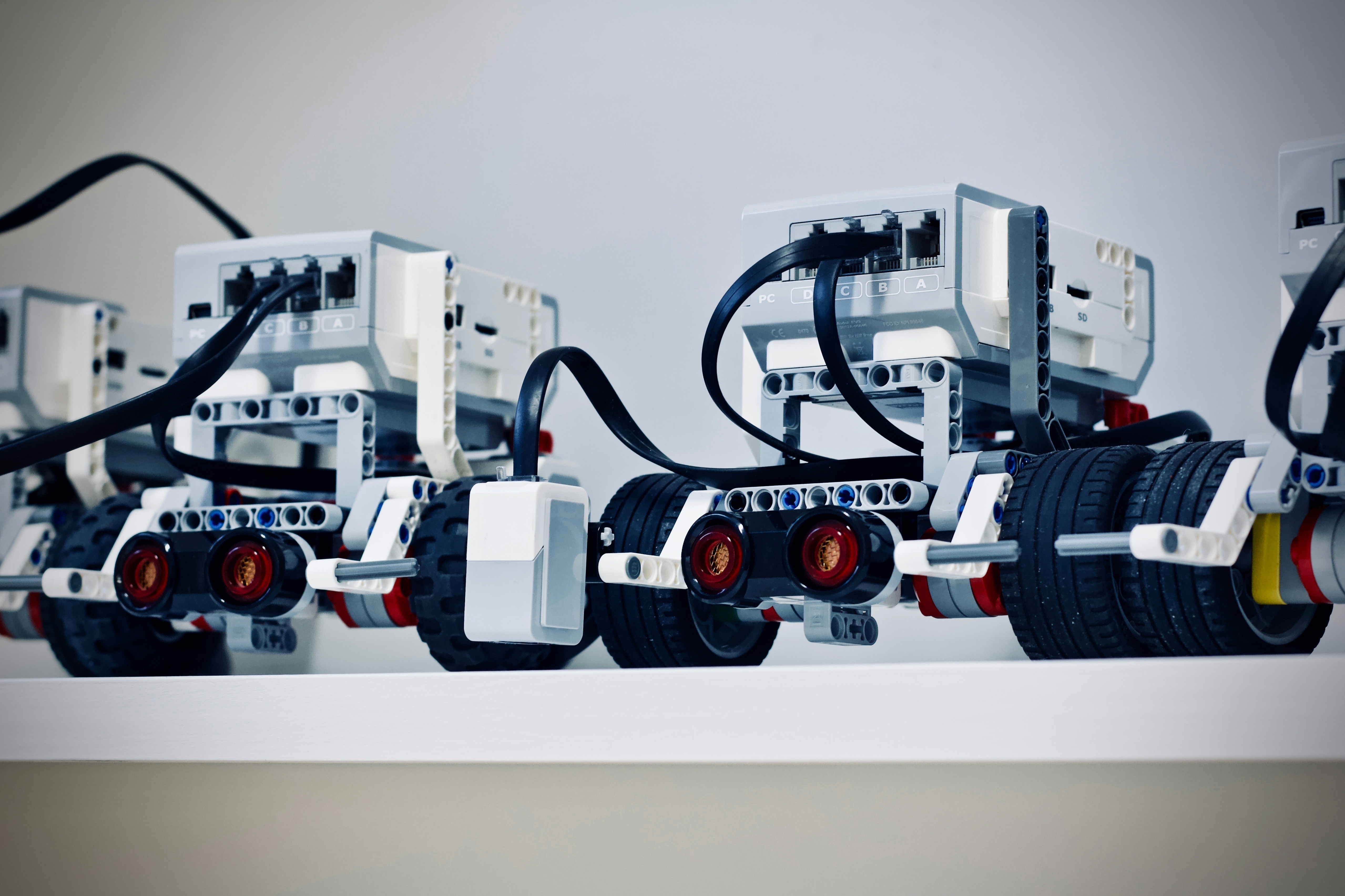Related Jobs
View all jobsComputer Vision Engineer
Computer Vision Engineer
Machine Learning Computer Vision Engineer
Field Commissioning Engineer (robotics And PLC Programming)
Senior Software Engineer, Robotics
Subscribe to Future Tech Insights for the latest jobs & insights, direct to your inbox.
Industry Insights
Discover insightful articles, industry insights, expert tips, and curated resources.

Seasonal Hiring Peaks for Robotics Jobs: The Best Months to Apply & Why
The UK's robotics sector has established itself as one of Europe's most innovative and rapidly expanding technology markets, with roles spanning from junior automation engineers to principal robotics scientists and heads of robotics development. With robotics positions commanding salaries from £32,000 for graduate robotics engineers to £100,000+ for senior principal engineers, understanding when organisations actively recruit can dramatically accelerate your career progression in this transformative and continuously evolving field. Unlike traditional engineering roles, robotics hiring follows distinct patterns influenced by manufacturing cycles, government automation incentives, and robotics deployment timelines. The sector's unique combination of mechanical engineering, software development, and artificial intelligence creates predictable hiring windows that strategic professionals can leverage to advance their careers in building tomorrow's automated systems. This comprehensive guide explores the optimal timing for robotics job applications in the UK, examining how national automation strategies, manufacturing cycles, and robotics technology initiatives influence recruitment patterns, and why strategic timing can determine whether you join a pioneering robotics development team or miss the opportunity to develop the next generation of autonomous systems and intelligent automation.

Pre-Employment Checks for Robotics Jobs: DBS, References & Right-to-Work and more Explained
The robotics industry represents one of the most dynamic and transformative sectors in modern technology, with robotics professionals playing crucial roles in advancing automation capabilities, developing intelligent systems, and reshaping manufacturing, healthcare, service industries, and defence applications. As robotics evolves from industrial automation to autonomous systems and human-robot collaboration, pre-employment screening processes have become increasingly sophisticated and multifaceted. Robotics careers span diverse environments from manufacturing facilities and aerospace companies to healthcare robotics providers, autonomous vehicle developers, and emerging service robotics startups. Each sector brings unique screening requirements reflecting the safety-critical nature of robotic systems, the interdisciplinary complexity of robotics development, and the critical importance of maintaining both operational safety and system reliability standards. Understanding robotics pre-employment screening helps professionals navigate career opportunities effectively whilst enabling employers to identify candidates capable of contributing to robotics innovation whilst maintaining appropriate safety standards, regulatory compliance, and technical excellence. The screening processes examine not only technical robotics competencies but also safety awareness, system integration capabilities, and ability to work effectively across the multidisciplinary robotics ecosystem. This comprehensive guide examines the full spectrum of pre-employment screening practices across robotics careers, from basic right-to-work verification through enhanced safety clearance processes, technical competency assessment, and industry-specific requirements. Whether pursuing opportunities in industrial automation, autonomous systems development, medical robotics, or robotics research leadership, understanding these screening processes enables robotics professionals to prepare effectively and advance their careers successfully. The robotics sector's unique combination of mechanical engineering, software development, artificial intelligence, and human-machine interaction creates screening requirements that reflect both the technical demands of robotics innovation and the safety considerations of human-robot collaboration. These processes ultimately support the continued advancement of robotics by ensuring high professional standards and technical competence necessary for safe robotics deployment and responsible robotics technology development.

Why Now Is the Perfect Time to Launch Your Career in Robotics: The UK's Autonomous Systems Revolution
The United Kingdom stands at the epicentre of a robotics revolution that's fundamentally transforming how we manufacture products, deliver services, and interact with technology in our daily lives. From the autonomous delivery robots navigating London's streets to the surgical robots advancing precision medicine in Birmingham hospitals, Britain's leadership in robotics innovation has created an unprecedented demand for skilled robotics professionals that dramatically exceeds the current talent supply. If you've been seeking a career that combines cutting-edge engineering with tangible real-world impact or looking to position yourself in one of the most dynamic and rapidly expanding sectors of the modern economy, robotics represents an extraordinary opportunity. The convergence of artificial intelligence advancement, sensor technology maturation, manufacturing automation acceleration, and service robotics adoption has created perfect conditions for robotics career success.